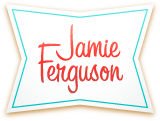Sculpting a story
I love editing. Don’t get me wrong – I love writing first drafts as well. They’re fun in an entirely different way. But editing – at least editing my own work 🙂 – allows me to make changes that can turn a good story into (hopefully!) a great story. These can be tiny, subtle changes,…
